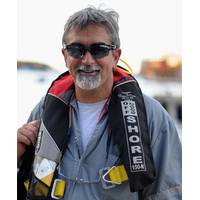
Costa Concordia Salvage Engineer to Keynote Robotics Conference
will be held on Wednesday September 16, 2015 in Pottstown, Pennsylvania as part of the 2015 VideoRay International Partner Symposium (VIPS). As the largest and most complicated wreck removal project in history, the Costa Concordia captivated the world when it foundered off the coast of Giglio Island, Italy in January 2012. The ill-fated cruise ship made headlines again last summer when it was successfully righted and refloated. Reed, joined by the project’s ROV supervisor Mauro Stasi, will discuss the groundbreaking wreck removal project, including the challenges they faced and

One Step Closer to Refloating Costa Concordia
to the Concordia wreck removal project informative website. The sponson S13, noted as the biggest in weight and size, is now positioned on the starboard side at about 11m in depth from the artificial seabed on which the Concordia rests since the parbuckling completed in September. The sponson reached Giglio Island via barge and was unloaded and placed into the water through rotating crane of pontoon Conquest. It was then completely filled with water so that it could be submerged and connected through a sophisticated automatic system of the chains that keep it anchored to the wreck. Technicians next
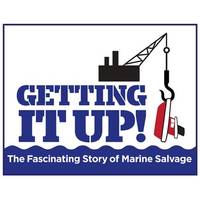
Working Harbor Committee to Present Salvage Program
a timely, educational and entertaining program that answers the question: What happens to a ship after it sinks? Unfortunately, some ships come to grief. Witness the tragic sinking of the South Korean ferry Sewol on April 16, or the doomed cruise ship Costa Concordia that ended up on the rocks off Giglio, Italy in 2012. When there is trouble on the water the marine salvage industry arrives with divers, engineers and some amazing expertise and heavy equipment to protect the environment and save what can be saved of the ship. The nonprofit Working Harbor Committee of New York and New Jersey will
Novacavi Cables Used for Concordia Wreck Removal
Novacavi reported a second supply of marine cables used in the Costa Concordia shipwrecking salvage operation off the shore of the island of Giglio, Italy. As the first delivery successfully performed during the parbuckling phase, Novacavi was called in again to provide high tech custom tailored cables for the positioning and survey systems in use in the progressing operation of Concordia wreck removal. Individually designed, tested and manufactured to be suitable for their specific application, these customized marine cables further broadened Aquancable, the wide range of specialist bespoke
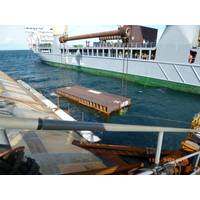
Costa Concordia Salvage Update
'Observatory' advisory group of Costa Crociere managers, academics & salvors, brief the local Giglio community on progress. At the periodic meeting of the 'Observatory' with the Giglio community, president Maria Sargentini, accompanied by Costa Crociere managers, Rome La Sapienza University researchers and Titan/Micoperi Consortium experts, updated the local population on recovery operations and described the progress being made on the characterisation of water inside the wreck. During the meeting, it was announced that the first sub-sea platform has already been installed and that the
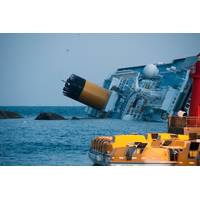
Costa Concordia Salvage to Take a Year
have been contracted to refloat the wrecked Costa Condordia and tow it away. The plan, which will re-float the vessel’s hull, places the highest priority for ensuring the lowest possible environmental impact as well as the conservation of tourist and economic activities on the island of Giglio, with maximum safety precautions. There are four stages of operation in the salvage plan, as follows: • First, once the ship has been stabilized, an underwater platform will be built and watertight boxes, or caissons, fixed to the side of the ship
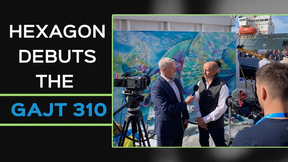
 February 2025
February 2025




